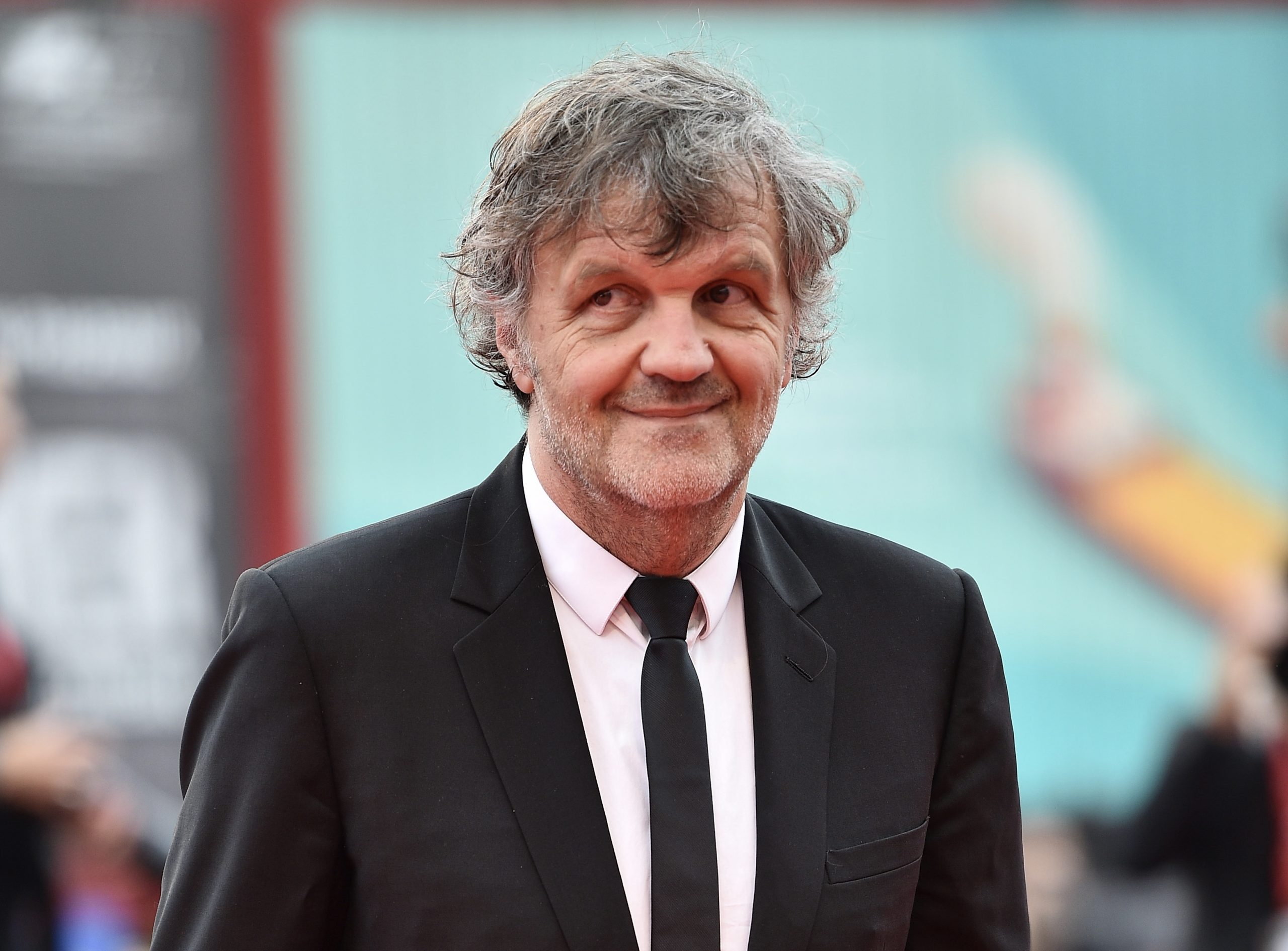The editors know less about inclusive basketball than about classic basketball. By the way, the inclusive orientation of the Russian Basketball Federation, “silent! basketball”, does exactly that: to make the sport more accessible to athletes with disabilities, to show the beauty of inclusive basketball and to make everyone fall in love with this sport.
Sports for people with musculoskeletal disabilities, mentally retarded, deaf people – if for some this list sounds like a reason to give up sports victories, then for the participants of “silent!basketball” it is nothing more than a medical line, a report that has little significance in court.
What are we talking about when even traditional basketball players admit that they have something to learn from adaptive basketball players?
We spoke with Sergei Bragin, formerly a member of the Hoops media basketball team, and Artur Galstyan, a member of the Krylya Barsa wheelchair basketball team from Kazan, about the desire to win, sports as a matter of life, and advice to ourselves. For both, basketball became more than a hobby in childhood, and now both are players of teams with big names and great sports passions, which, as our intuition tells us, has a chance to become a reality.
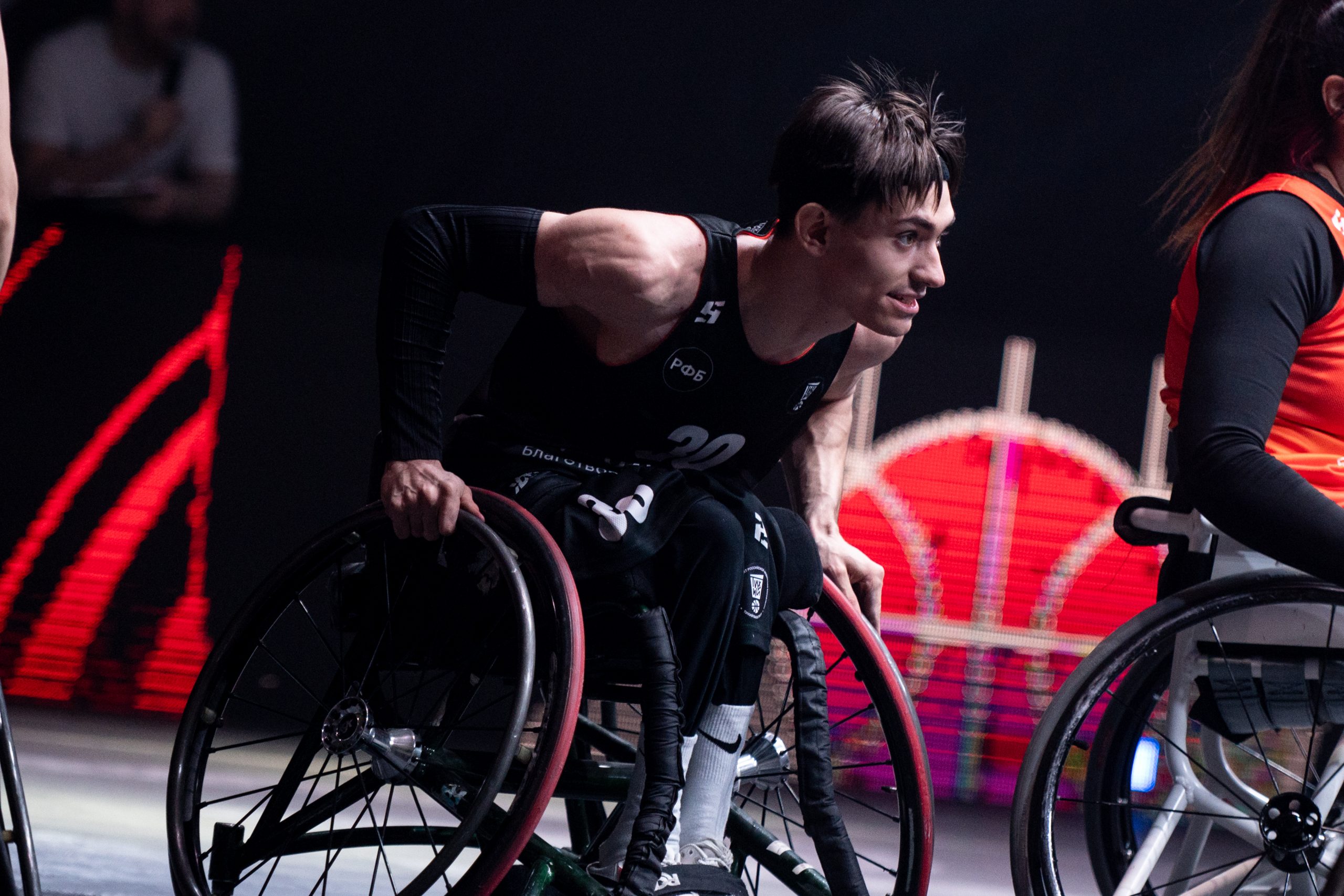
How can we not give up and give in when challenges seem insurmountable?
Sergei Bragin: Believe in yourself and don’t give up no matter how hard it is.
Challenges and mistakes are an integral part of our lives, and this only makes us stronger.
This is an invaluable experience that I think we should all be incredibly grateful for.
Arthur Galstyan: My teammates motivate me. When the game is not going well or something difficult happens, just looking at those who are struggling shoulder to shoulder is always encouraging and motivating. In general, the mental component in sports is no less important than the physical one, from the morale of the team to your own mental health.
What do you think classical basketball players can learn from adaptive basketball players (and vice versa)?
Sergei Bragin: Classic basketball is no different from adaptive basketball; it is the same dynamic and challenging sport. Moreover, after watching adaptive basketball players play, I saw how well they control the ball, how they set screens, what techniques they use under the basket – many classic basketball players don’t even know how to do this.
Arthur Galstyan: The power of shooting from behind, the power of dribbling – I will probably emphasize these points. In fact, it seems to me that if you add something from classic basketball to inclusive basketball, the level of the game will increase greatly and it will look more dynamic and determined. I would like to learn about such things.
How do you think the attitude towards people with health problems has changed in Russia over the past few years?
Arthur Galstyan: In the past, attitudes towards people with disabilities were based on pity, and even the slightest encouragement for an inclusive society seemed insincere. Now people are starting to approach it differently, more simply in many ways, and there is room for humour. Sports have changed, especially for people with disabilities. Certainly basketball (He’s laughing.). The way the Strongman League 3×3 wheelchair basketball tournaments are now run is like the NBA with minimum wage. Beautiful development, lighting, presenters, media support. This is what we’ve been waiting for for years and we never thought someone would take it and do it as beautifully and spectacularly as classic basketball. And showcasing spectator sports is something that will help fundamentally change attitudes towards people with disabilities.
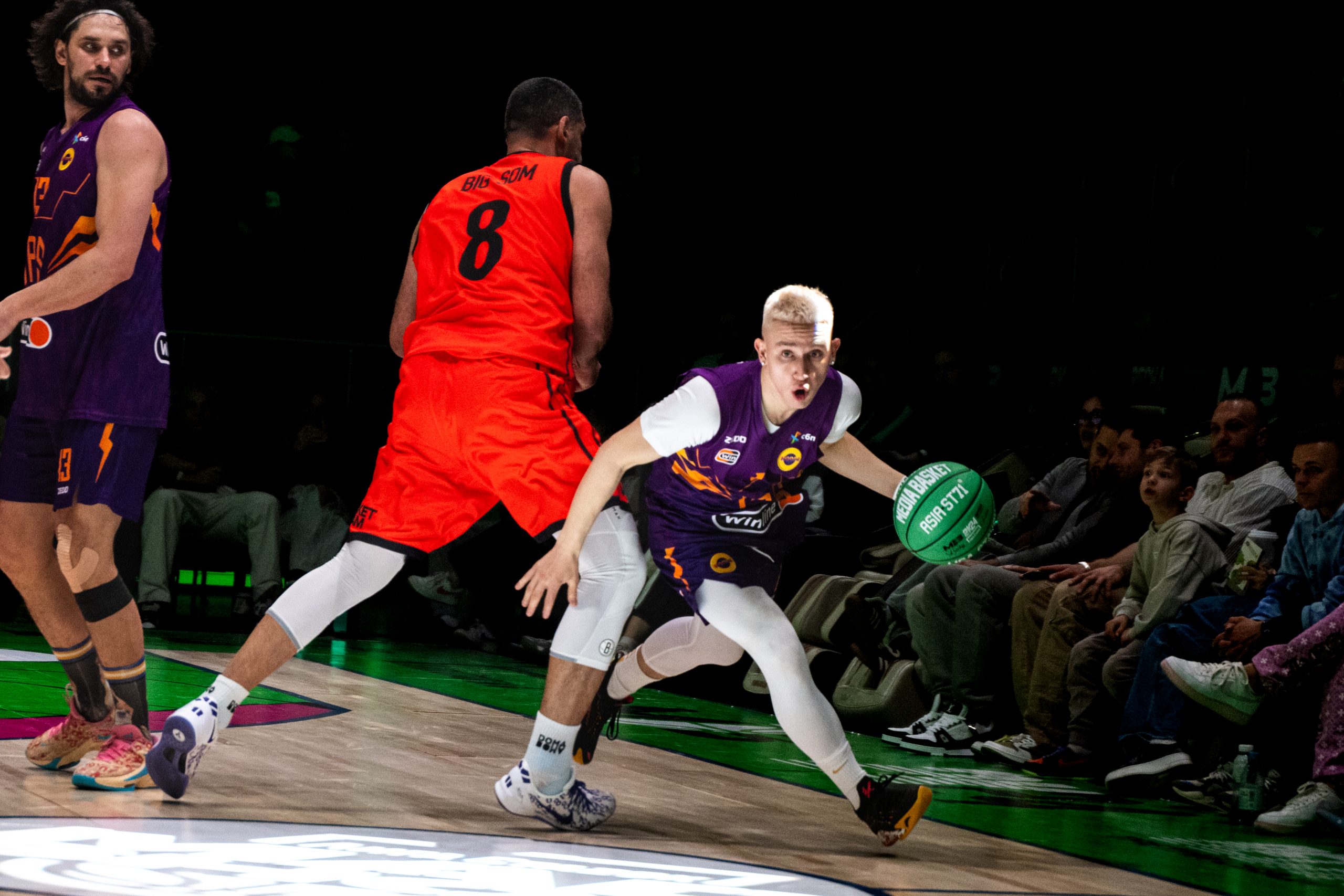
Sergei Bragin: For me, I see both sides becoming more involved in the common cause because basketball as a whole is a huge community that combines so many different cultures and tendencies.
Now more attention is paid to the individual, the person, the athlete, and not to health issues – this is great.
Your main fans – who are they?
Sergei Bragin: Hoops is a media team and our fans are young people from all over the country. They come to the games, meet us in other cities, draw posters, do many things that require us to shoot better content for them. In this sense, we are doing a great job with the mission of making basketball popular. And now we have set a new goal for ourselves; to do projects together with “silent!basketball” so that as many people as possible learn about basketball and become its fans.
Arthur Galstyan: Our fans are mostly our family, friends, players of other teams with whom we are in contact. Of course, I also want the support that Serezha mentioned (Bragin – Note.) – When teams from Bosnia and Herzegovina visited us recently, we were amazed by how much they cheered for each other. What emotions!
“All the limitations are in our heads,” do you agree?
Sergei Bragin: Absolutely. Everything you dream of is possible and it is important to remember this every second of your life. Many people forget about their dreams when they face difficulties and therefore the path to the goal is delayed. My advice is don’t be afraid, dream, everything is possible in this life. The important thing is to believe in yourself and not give up. Especially if you are surrounded by people who are ready to help and support you.
Arthur Galstyan: I have nothing to add, I completely agree.
What advice would you have given yourself five or ten years ago?
Arthur Galstyan: Approach sports more professionally and understand that you can not only connect your life with it, but also find very good friends and acquaintances there. For people with disabilities, sports is a great opportunity to see the world, work and enjoy life!
Sergei Bragin: I guess I would tell myself to remember that everything in life works out the way it is supposed to, that every situation, encounter, challenge is meant for you to become stronger and more experienced.
In what ways do you think an adaptable basketball player can easily outperform his colleagues?
Arthur Galstyan: If we are talking about wheelchair basketball, we do everything with our hands – we dribble and move. This is quite difficult in terms of coordination. Actually, using a baby stroller is also a skill. It is very different from the ones we use at home every day and can be very fast and maneuverable, reacting to any wind blow or your microscopic movement – I am interested to see the classic players sitting in the stroller. They are used to doing everything separately – you walk with your feet, you throw with your hands. We will not be able to do this. Even when you need to throw the ball, the stroller continues to move.
Sergei Bragin: I really want to try this (He’s laughing.I agree with Arthur (Galstyan – Note.) and for us, maybe we can give the kids an advantage in how we approach our project. Inclusive basketball teams, and sports in general, lack the media visibility they need to create. Filming the “inner kitchen”, talking about the training process, showing matches, sharing experiences – it’s incredibly interesting for viewers to watch.
Source: People Talk
I’m Roger Gritton, and I’ve been writing for the The Fashion Vibes for over 5 years now. My specialty is beauty news; I’m passionate about covering the latest trends, products, and innovations in the industry. In my time there, I’ve become known as an authority on all things beauty-related.
I love discovering new experts to interview, researching up-and-coming ingredients and techniques that are making their way onto our beauty shelves and highlighting people who are making a difference in the world of cosmetics. My work has appeared not only on The Fashion Vibes, but also several other publications including the New York Times Magazine, Allure Magazine and Refinery29.

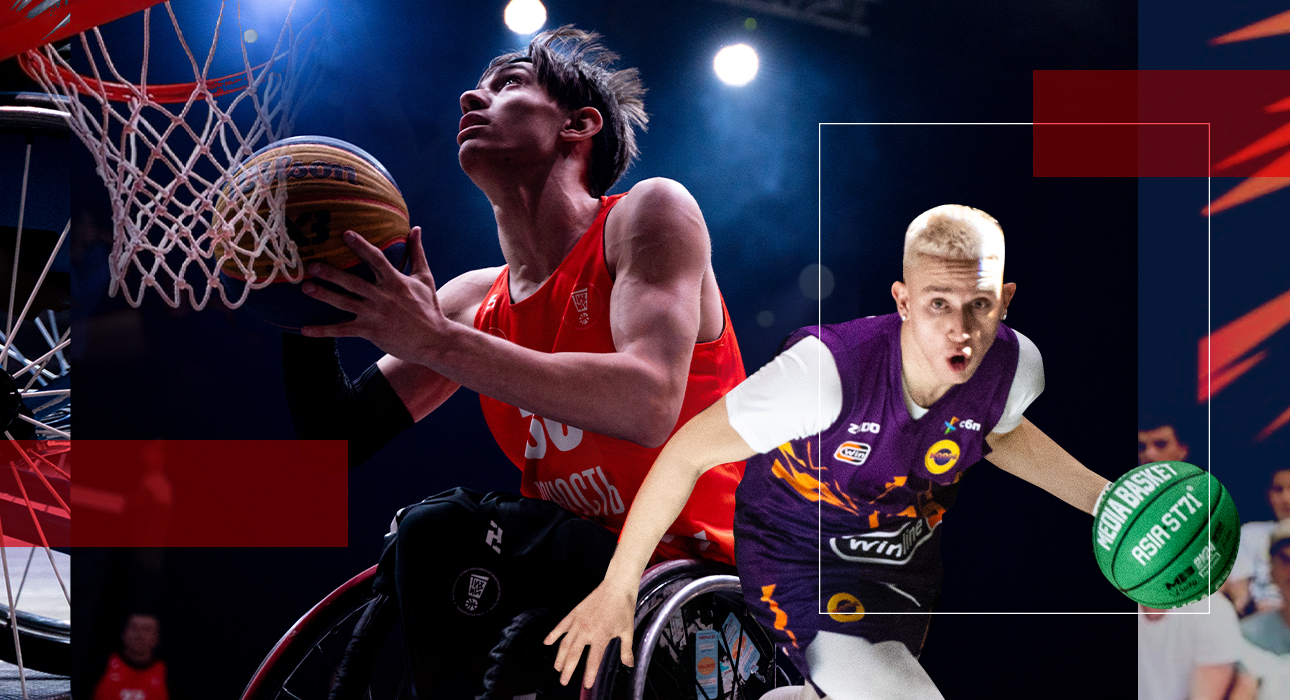
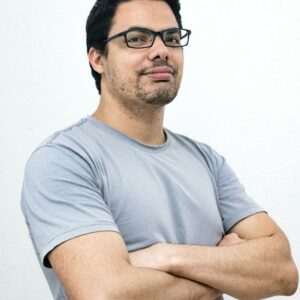
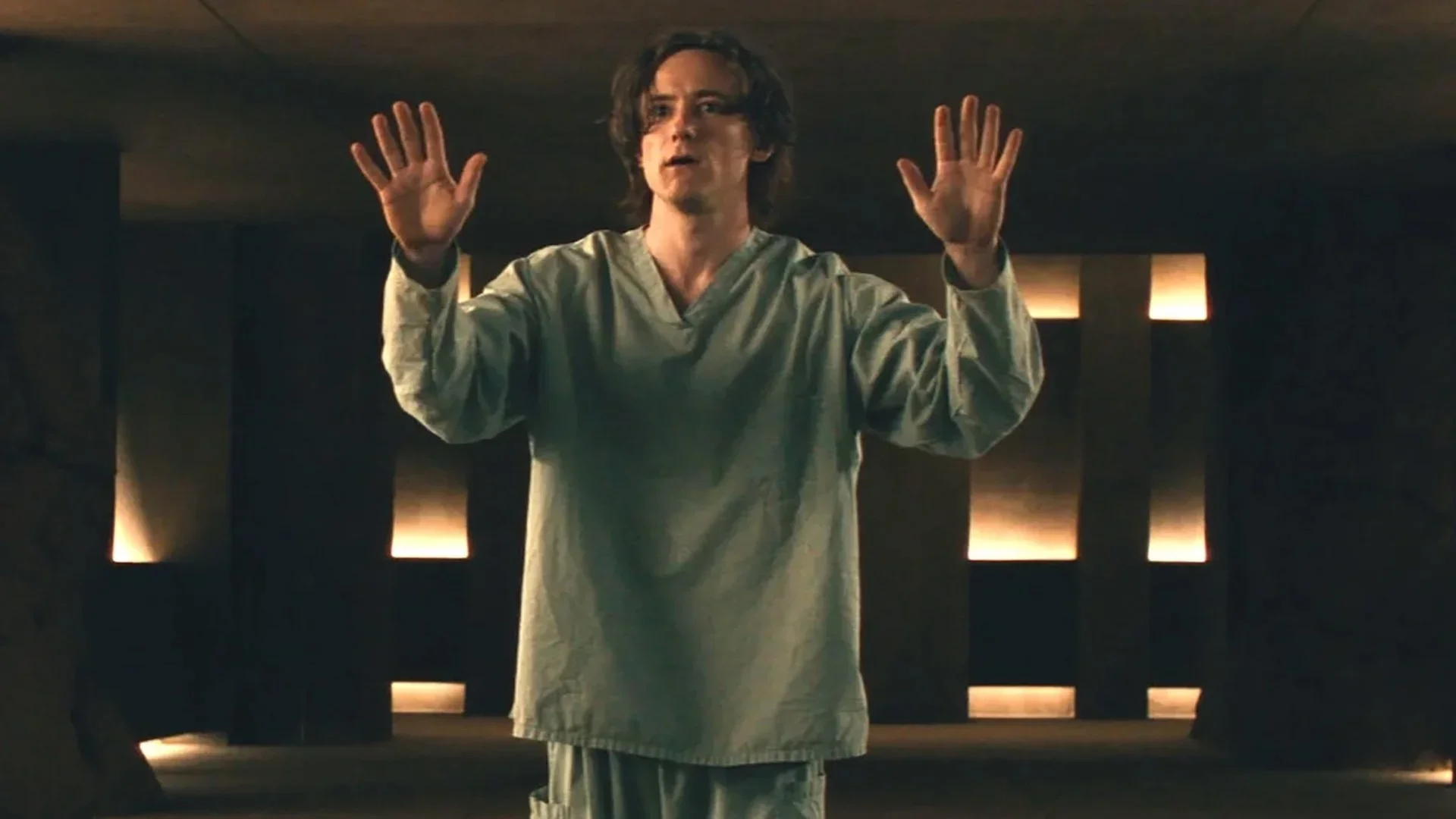
.png)
